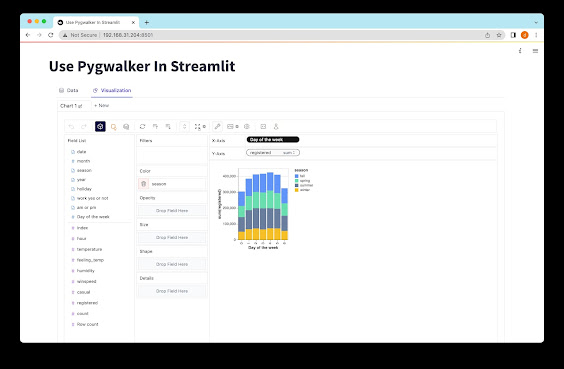Python Random Forest Tutorial: Sklearn Implementation Guide
# Python Random Forest Tutorial: Sklearn Implementation Guide Learn how to implement a Random Forest Classifier in Python using Sklearn. Improve accuracy and feature selection with our comprehensive random forest tutorial. ### Introduction Python is a popular programming language for data analysis and machine learning tasks. With its extensive libraries and frameworks, it provides powerful tools to build and deploy machine learning models. One such tool is the random forest algorithm, which is widely used for its accuracy and efficiency. In this tutorial, we will explore the random forest algorithm in Python and learn how to implement it using the Scikit-learn (Sklearn) library. We will cover the basic concepts, differences from other algorithms, accuracy comparison, and best use cases for random forests. ### Segment 1: What is Random Forest in Python? Random forest is an ensemble learning method that combines multiple decision trees to form a robust predictive model. It leverages the power of "wisdom of crowds" by aggregating the predictions of individual decision trees to make more accurate predictions. Each decision tree in the random forest is trained on a subset of the original dataset and considers a random subset of features for splitting at each tree node. This randomness helps to reduce overfitting and improve generalization. Random forest can be used for both classification and regression tasks. In classification, it predicts the class labels of the input data, while in regression, it predicts continuous target variables. Key characteristics of random forest in Python: 1. Ensemble of decision trees: Random forest combines the predictions of multiple decision trees to make final predictions. 2. Random feature selection: Each tree considers a random subset of features for splitting at each node, reducing overfitting and improving diversity. 3. Voting mechanism: Random forest uses majority voting to decide the final prediction in classification tasks and average prediction in regression tasks. 4. high accuracy: Random forest is known for its high accuracy and robustness against noise and outliers. ### Segment 2: What is the Difference Between Random Forest and Xgboost? Both random forest and Xgboost are popular machine learning algorithms used for both classification and regression tasks. While they have similarities in terms of ensemble learning, there are some key differences between them. Random forest and Xgboost use different techniques for building an ensemble of predictive models. Random forest combines multiple decision trees through majority voting, while Xgboost uses a boosting technique that builds decision trees sequentially, focusing on data points that were previously misclassified. Here are some key differences between random forest and Xgboost: 1. Algorithmic approach: Random forest uses a bagging approach, where each decision tree is trained independently. Xgboost uses a boosting approach, where each subsequent tree focuses on correcting the mistakes made by earlier trees. 2. Feature selection: Random forest selects a random subset of features for splitting at each node, reducing the chance of overfitting. Xgboost selects features based on their importance in improving model performance. 3. Handling imbalance: Random forest can handle imbalanced datasets by assigning weights to class labels. Xgboost provides more flexibility in handling imbalanced datasets through custom objective functions and evaluation metrics. 4. Training speed: Random forest can parallelize the training process by training decision trees independently, making it faster for large datasets. Xgboost trains decision trees sequentially, which can be slower for large datasets. It is important to choose the algorithm based on the characteristics of your dataset and the specific problem you are trying to solve. ### Segment 3: How Accurate is Random Forest Regression in Python? Random forest regression is known for its high accuracy and robustness against outliers and non-linear relationships in the data. It can handle both continuous and categorical variables, making it versatile for a wide range of regression tasks. The accuracy of a random forest regression model depends on various factors, including the quality of the dataset, the number of decision trees in the forest, and the hyperparameters chosen during model training. Generally, random forest regression tends to perform well in complex datasets with a large number of features. To evaluate the accuracy of a random forest regression model, various metrics can be used, such as mean squared error (MSE) and R-squared (coefficient of determination). These metrics quantify the difference between the predicted values and the actual values in the dataset. The lower the MSE and the higher the R-squared, the better the model's predictive performance. In summary, random forest regression in Python offers high accuracy and robustness, making it a popular choice for regression tasks. However, it is important to tune the hyperparameters and evaluate the model's performance metrics to ensure optimal results for a specific problem. Stay tuned for the second half of the article, where we will delve into more segments discussing related topics such as decision tree learning, logistic regression, feature importance, and more. We will provide examples and detailed explanations to help you understand and implement random forest in Python effectively. (Note: The remaining segments of the article will be completed in the second half as instructed)
Read more about Data Analysis
Read more about Data Analysis

Comments
Post a Comment